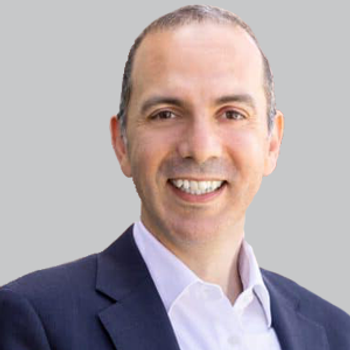
The Mini-Prevention Concept in Migraine Care: Deena Kuruvilla, MD
The medical director of the Westport Headache Institute spoke to the role that devices can play in layered and variable treatment approaches, and how this better lends itself to offering personalized treatment to different individuals with migraine
“I certainly see a role for rimegepant [in the mini-prevention approach to menstrual migraine], and the e-TNS device. Especially if we come to find that not enough tablets were approved [by the patient’s insurer] of rimegepant, then we may have to supplement with neuromodulation.”
Many headache specialists have been looking into layered approaches to migraine treatment, particularly in light of the recent FDA approval of rimegepant (Nurtec ODT; Biohaven) for the prevention of migraine—making it the only gepant approved to treat the headache disorder both acutely and preventatively. Many nonpharmacologic devices can be used in both fashions or may be able to fill the treatment roles in a layered approach.
Deena Kuruvilla, MD, medical director, Westport Headache Institute, presented data at the
To find out more about the role that such devices can play in layered and variable treatment approaches, and how this better lends itself to offering personalized treatment to different individuals with migraine, NeurologyLive spoke down with Kuruvilla.
For more coverage of AHS 2021,
REFERENCE
Kuruvilla DE, Starling AJ, Tepper SJ, Mann JI, Johnson M. A phase 3 randomized, double-blind, sham-controlled trial of e-TNS for the acute treatment of migraine (TEAM). Presented at 2021 AHS Annual Scientific Meeting; June 3-6. Abstract IOR-02.
Newsletter
Keep your finger on the pulse of neurology—subscribe to NeurologyLive for expert interviews, new data, and breakthrough treatment updates.



































